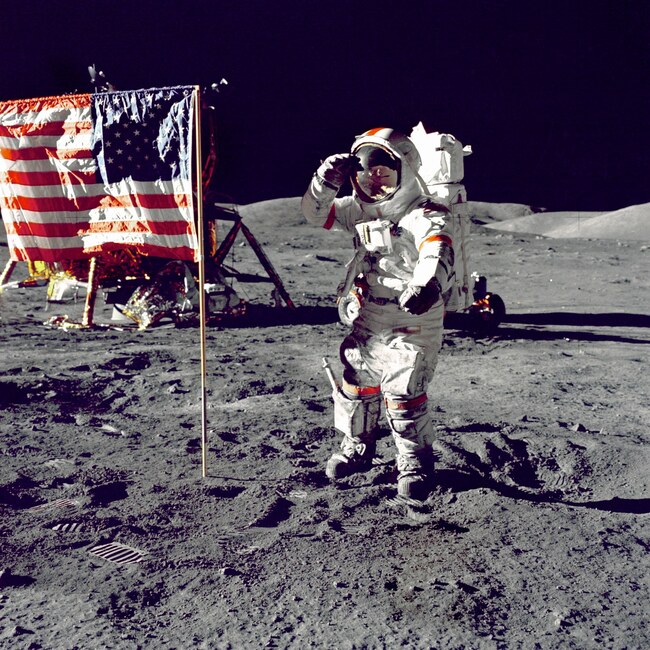Why we still love the Kalman Filter
Ramya Sriram
1 min read
2nd May, 2018

I was honoured last month to receive an award from the IEEE Signal Processing Society for my tutorial paper on the Kalman Filter. In many ways it is incredible that we still use this algorithm for fusing together data from different sensors, as it is now well over half a century old. Its original claim to fame was in helping Armstrong get to the moon and back. Almost fifty years on and many of you will have watched the incredible footage of SpaceX landing two boosters in beautiful synchronicity earlier this year. Well at the heart of this iconic and historic event was a variant on the humble Kalman Filter.
Kalman Filters of various types will power the sensor systems of the imminent autonomous cars, and they are already highly prevalent in our laptops and smartphones today, in everything from your trackpad to your GPS chip. The reason we still use them today is their computational elegance. In the days of Apollo 11, this meant that only a tiny amount of memory and an incredibly basic CPU were enough to successfully take Armstrong to the moon and back. Today, while we have dramatically more silicon real estate to enjoy, a main reason that we still use Kalman Filters are our battery-life issues with our portable smart devices. Lower processing load mean fewer electrons need to be liberated from that precious battery. Another is the tradeoff of speed and update rate, with more powerful CPUs you can either choose to run more complicated methods in the same amount of time, or instead run the simpler methods much faster, with a much higher update rate for your control systems to work with. This latter reason is why Kalman Filters still power our rockets ships today.
And for those of you who what to know what the Kalman Filter actually is? Well you can read my tutorial or watch the video. I hear some people think it is pretty good…







